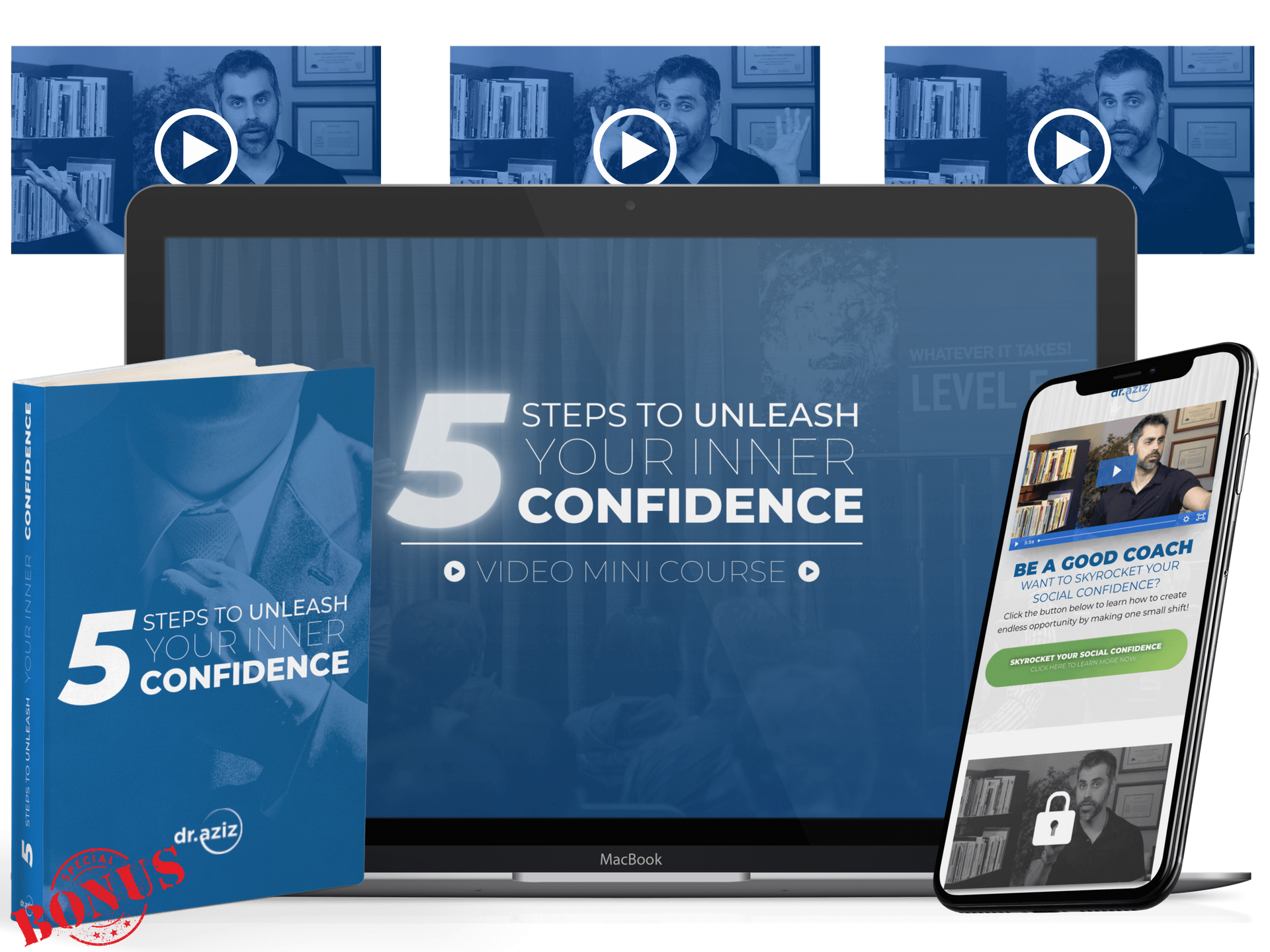CBT for Social Anxiety Disorder
Jan 02, 2025Do you feel paralyzed by the fear of rejection? Maybe you’re constantly worried about what others think, and it’s holding you back in social situations, at work, or in your personal life. If so, you’re not alone. Social anxiety affects many professionals, and overcoming it can feel like a monumental task. But what if you could reframe how you think about fear, and in doing so, free yourself from the grip of social anxiety?
In this post, I’ll share the secret weapon I believe is the key to overcoming social anxiety: Cognitive Behavioral Therapy (CBT). As a psychologist and someone who has been trained under some of the best in the field, I want to show you how to use CBT to change your relationship with fear and rejection for good.
What Is CBT and Why Does It Work?
Cognitive Behavioral Therapy is a powerful psychological tool that focuses on changing patterns of thinking and behavior that contribute to anxiety, especially social anxiety. The core principle is simple: your behavior is deeply connected to your thoughts. If you believe people are judging you or that you’ll make a fool of yourself, that’s likely going to trigger anxiety and avoidance. CBT helps you identify these thoughts and reframe them so that you can act confidently, even when you feel nervous.
“The way you feel is coming from your cognitions—the way you're thinking to yourself and perceiving reality.”
The first step in CBT is recognizing automatic negative thoughts (ANTs), which often run without your awareness. These are the thoughts that fuel anxiety and self-doubt. For example, you might think, “I’m going to look stupid,” or “No one is going to like me.” Once you catch these thoughts, the next step is to challenge them.
Challenge Your Negative Thoughts
CBT emphasizes cognitive distortions, which are unhelpful patterns of thinking. For example:
- All-or-nothing thinking: “If I mess this up, everyone will think I’m a failure.”
- Magnification: “If I say something awkward, I’ll never recover from it.”
By challenging these thoughts, you start to see the distortion and break free from the fear they create. A simple way to challenge these thoughts is to imagine you’re talking to a friend who’s having the same thoughts. You wouldn’t let them spiral out of control, would you? You’d gently remind them that mistakes are a part of life and that everyone has moments of awkwardness. This helps you reframe the thought and approach the situation with a more balanced perspective.
Why Behavior Is Key to Overcoming Anxiety
The second crucial part of CBT is behavioral exposure. Simply put, to build confidence, you have to face the things that scare you. This means putting yourself in situations where rejection might happen, but doing it in a gradual and controlled way.
It’s through exposure—taking small, manageable risks—that you can slowly desensitize yourself to the fear of rejection. Over time, you’ll realize that rejection is not as catastrophic as your mind makes it out to be. You’ll become more comfortable and confident in social situations, and confidence will naturally follow.
The Missing Piece: Mindfulness
While CBT is powerful, sometimes it’s not enough to just challenge your thoughts. I’ve found that mindfulness—the practice of being present with your emotions—can accelerate the healing process. When you’re in the middle of anxiety, instead of pushing the feeling away, lean into it. Observe it. Acknowledge your fear without judgment.
“The key here is that CBT shows you that social anxiety is not a flaw—it’s a pattern. And patterns can be changed.”
By pairing CBT with mindfulness, you’re tackling anxiety from both the cognitive and emotional levels. You can learn how to sit with discomfort, and by doing so, you’ll reduce the power fear holds over you.
The Path to Lasting Confidence
CBT offers a structured, actionable way to confront and overcome social anxiety. But remember, the real magic happens when you combine thought challenging with behavioral action and mindfulness. Each of these elements helps you build confidence from the inside out.
If you’re ready to begin your journey of transforming social anxiety into self-assurance, start practicing these CBT principles today. Remember, social anxiety isn’t a permanent condition—it’s a learned pattern, and patterns can be changed. With consistent effort and the right tools, you can absolutely overcome it.
If you’re interested in more resources, including exercises and a deeper dive into these principles, visit my website or check out my book, The Solution to Social Anxiety. This journey might not be easy, but the rewards of living a confident and fearless life are more than worth it.
You’ve got this. Start challenging those negative thoughts today, and let’s take that first step toward the freedom you deserve.
Reading blogs and watching videos online is a start...
When you are ready to radically transform your confidence so you speak up freely, boldly go after what you want, connect easily with others and be 100% unapologetically yourself, coaching is the answer.



